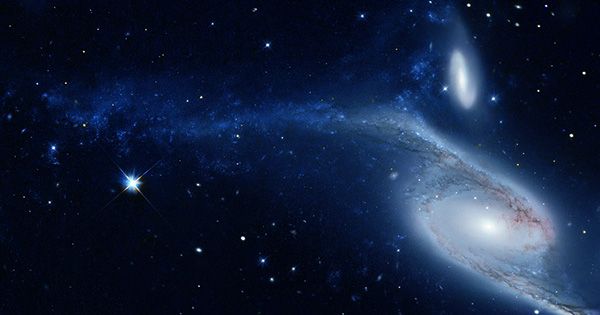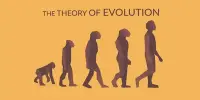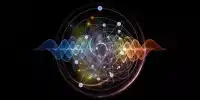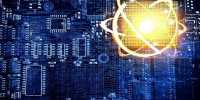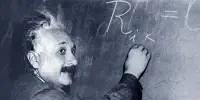The universe is expanding faster and faster. This acceleration expansion has measured in a variety of ways but there is one major problem. You will get two different numbers for the rate of expansion of the universe depending on whether you are looking at a very distant universe or not. This cosmic crisis has plagued astronomers for years. A new study has measured the rate of expansion of the universe with a different method and found that numbers do have significance.
In a study published in The Astrophysical Journal, the team described how they measured the infrared properties of 63 elliptical galaxies over 330 million light-years (100 million parsecs) on Earth. Astronomers used the Surface Brightness Wave (SBF) technique, which works for elliptical galaxies because they have a consistent population of old and old stars. Researchers measured the Hubble constant – also known as H0 (H-naught or H-Zero) – looking for it at about 73 kilometers per second per megaparsec.
This means that if the two galaxies separated by 1 million parsecs, they would be moving away from each other at a speed of 73 kilometers (45 miles) per second. This is consistent with other approaches that looked at the rate of expansion in the local universe, but it is much larger than what measured in the early universe. Co-author Professor Chung-Pei Ma, from the University of California, Berkeley, said in a statement, “This is a great way to measure galaxy distances up to 100 megaparsecs.”
“This is the first paper to assemble a large, homogeneous piece of data in the 63 galaxy for the purpose of studying H-NONT using the SBF method.” Finding all the different values in different independent methods is really a challenge. There may be things we have not considered in our theories – or the uncertainty about the measurement is very optimistic. “The jury is over,” said Professor Ma. “It simply came to our notice then. Assuming, however, that not everyone’s fault bars are underestimated, the tension is becoming uncomfortable.
Because whatever it is, this tension is here. Wisdom is an important crossroads. The perception of humanity’s universe is both better than this and still limited. I hope that the new observations, both on land and in space, will provide new ways to see the universe and help solve this mystery.
